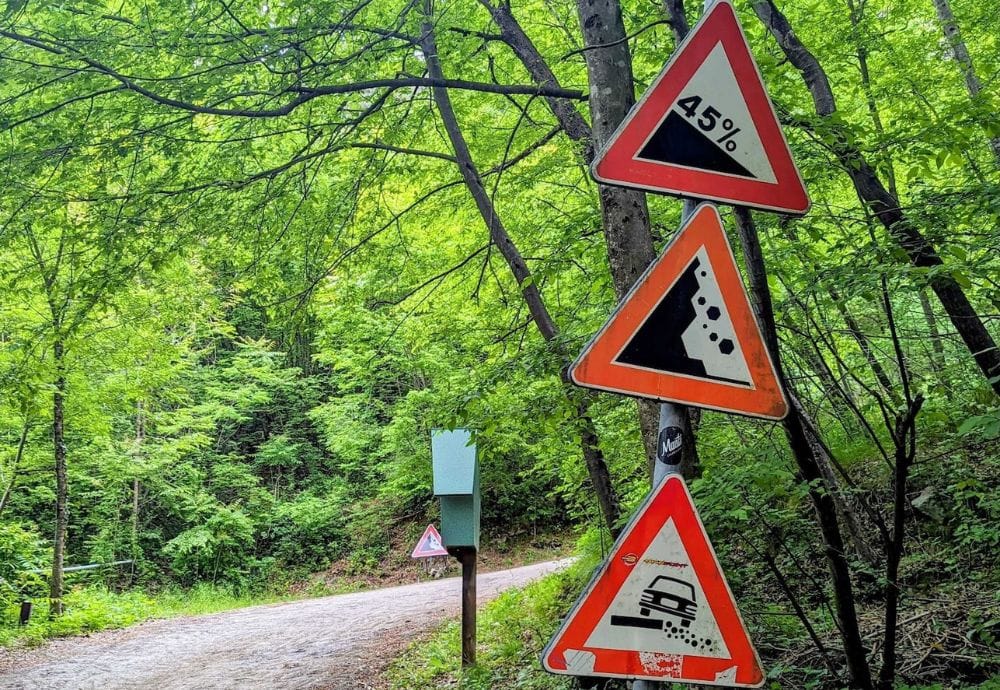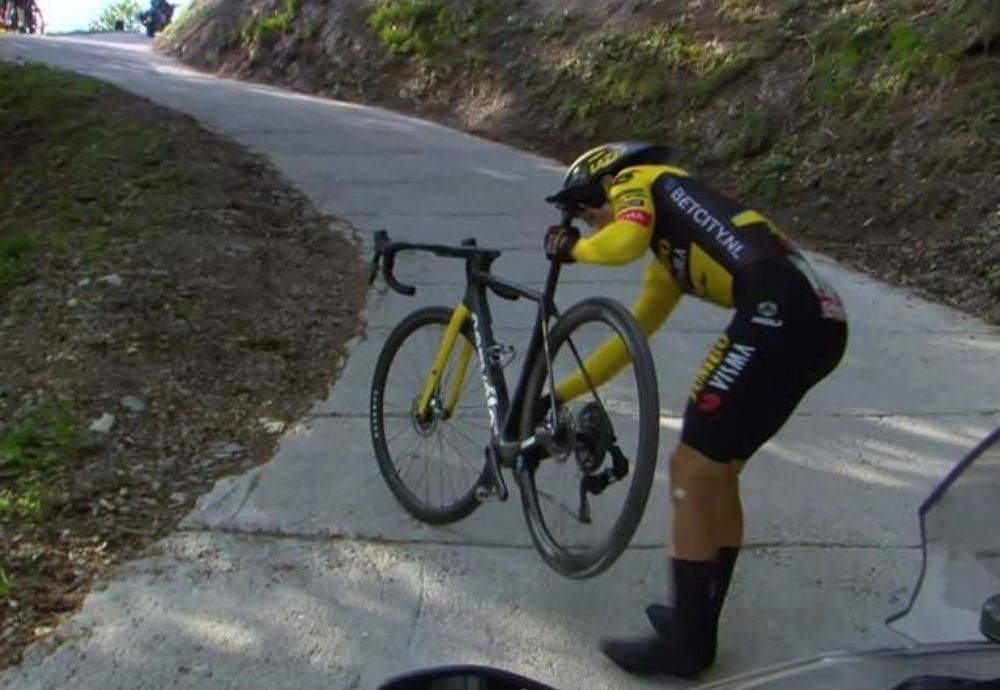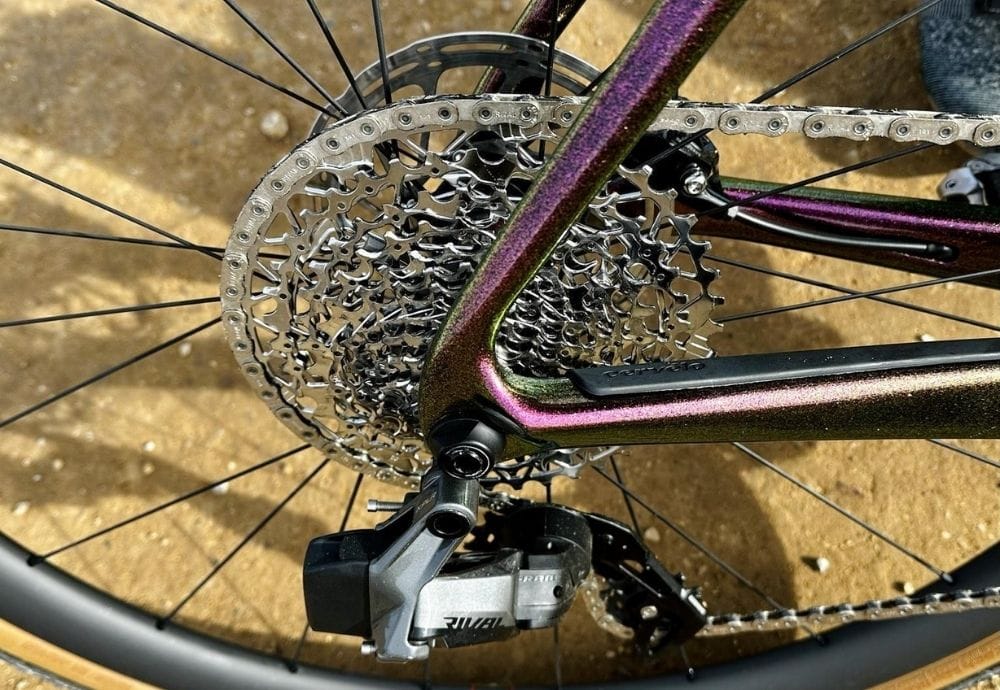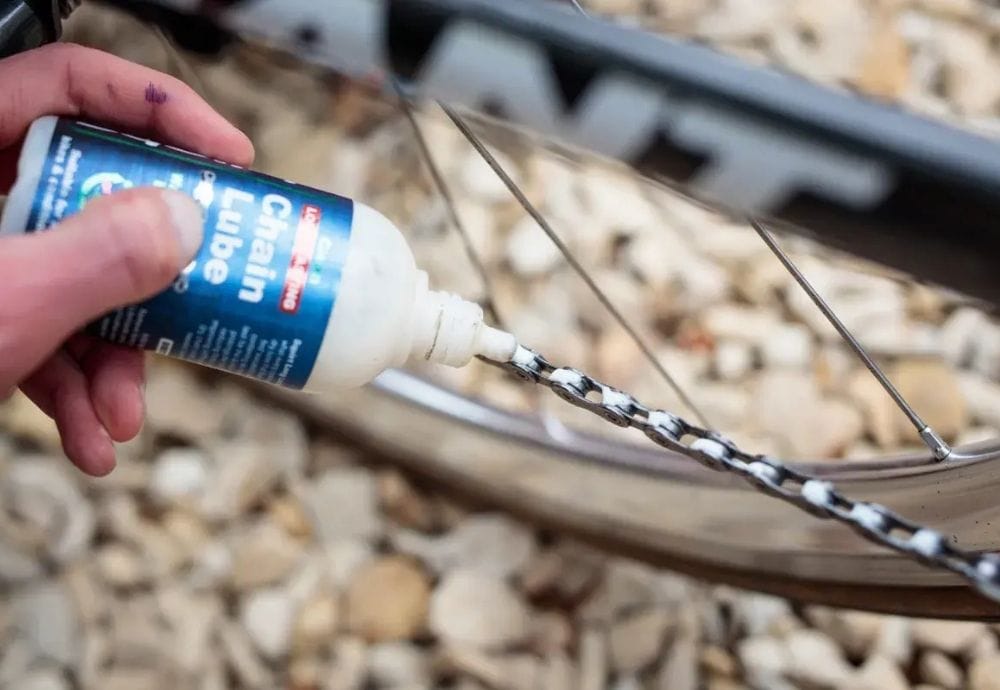Top 5 Questions About Road Bike Gearing & Shifting Answered
If you’ve been riding at least for a little while, you’ve probably had a problem with inadequate gearing or a dropped chain. In comparison to other actions taken on a bike such as braking, steering or pedaling, shifting is a bit more, shall we say, ‘shifty’.

If you’ve been cycling at least for a little while, you’ve probably had a problem with inadequate gearing or a dropped chain. In comparison to other actions taken on the bike such as braking, steering or pedaling, shifting is a bit more, shall we say, ‘shifty’.
Of course, pedaling and braking technique are important, and taking those bends the right way is an art as much as a science, but shifting on the bike is just that bit more finicky.
Part of the reason is that the shifting mechanism is quite delicate and temperamental, and dare I say, imperfect. You don’t usually see pros at the side of the road because their brakes or steering stopped working, but dropped chains and shift issues are actually quite common in the pro peloton. And those guys (and gals) ride all day and have the best equipment.

As a lot of our trips include some significant bucket-list climbs, we get a lot of questions about gearing and shifting. The list below contains some of the most common ones, with our informed answers based on many years of changing gears and dropping chains. It assumes a certain level of understanding already about how gears on the bike work, and we don’t dive into topics like the Shimano vs SRAM debate, or or the advantages of a 1x vs 2x set-up.
So let's dive in and possibly ‘shift’ your perspective a bit on the topic.
1. What gear ratios do I need for riding in the mountains?
It ultimately depends on your weight and fitness level, but you can't go too wrong with 34-11t on the back, and 34-50t on the front. The advantage of the wide ratio is not only for big climbs, but it also allows you to stay in the big ring on more gentle slopes, which reduces the ever-risky big-to-small-ring shifts (more on that below).
Now that most rear cassettes are 11 or even 12-speed now, running a wider range no longer means massive jumps between gears. Even Pogacar is using 34t on the back these days (although he does run a 40t small ring in the front), and as there are some (optional) climbs on our trips where it gets well over 10% for extended periods (Passo Fedaia, Passo Mortirolo, Tre Cime di Lavaredo), the 34t comes in very handy, even for the fittest of riders.
Then there are the so called 'Dinner Plates' which you see on 1x (one chainring) set-ups, common on gravel bikes. The 'granny gear' on those can be 42 or even higher, with a 42t front chainring.

2. When should I be shifting gears?
The quick answer is early and often. A lot of the roads we travel on here in Northern Italy are over variable terrain. It’s rare that you can just put it in one gear and go. It’s somewhat personal, but generally it’s a good idea to shift up when your cadence gets much over 100 rpm, and shift down when it gets below 80.
Of course, on some steeper climbs you will simply run out of gears and will need to drop below 80 rpm to find a sustainable pace. It’s a good idea therefore to practice low cadence work when you are training at home even if you don't have any hills around, because riding at 50 or 60 rpm uses the muscles differently and requires mental as well as physical adaptation. Break it to your body gently with gradually longer sessions at low revs and back off if your knees start to protest. More tips on training at a low cadence can be found here.
3. Big ring or not big ring?
That is, indeed, the question. Generally on flattish terrain you should just leave it in your big ring. There are a few reasons for this. First, the chain tension is higher, so the chain is less likely to fall off. Second, if you are in the small ring, you will likely be on one of the smallest cogs on the front, which may well cause the chain to rub on the front derailleur (annoying). If your bike is set up correctly, you can usually trim the front derailleur to stop the rubbing, but if you are in the smallest cog on the back, this might not be possible, and this is not the best gear to be in on the bike due to the bend in the chain. Lastly, riding on the big ring just feels better, even if the ratio is essentially equivalent. There are real reasons for this, including reduced friction and greater inertia. Studies confirm it.

But if you are on a more hilly route, you will likely need to shift at least occasionally to the small ring. When and if this occurs depends on the length and steepness of the climb, as well as your fitness level and how many ‘matches’ you want to burn. When starting a major climb, you will need to find an opportune moment to get into the small ring. You might be able to manage on the big ring for a while, but eventually you will run out of juice and be forced to shift when your cadence is already very low and end up dropping your chain (see below). So, if you know you are getting into something serious and will need the small ring, shift before you need to and put it on a smaller (harder) cog in the back to compensate. I actually like to shift into a harder gear on the back first (while you I still have a reasonable cadence), back off on the pressure, then shift to the small ring. This reduces the ‘hamster wheel’ effect of having to suddenly pedal much quicker after getting into the small ring.
For those shorter climbs that take less than a min or so to get over and are not too steep, you might want to leave it in the big ring and just power over them. But remember: you only have a finite number of ‘matches’ to burn, and if you take this approach early in a ride, you might find yourself ‘legless’ later and unable to push any significant Watts when the need arises.
4. How do I avoid dropping my chain? And how do I get it back on if it falls off?
As mentioned above, a dropped chain is relatively common in cycling. It is for the most part avoidable, although sometimes it just happens. The most common way the chain derails is to the inside (between the small ring and the frame) when shifting from the big to small ring under force, which is also unfortunately the more complicated one to resolve. Usually this situation occurs when you have been caught off guard and are trying to shift into the small ring for an unexpected uphill. There is a famous spot in the Maratona dles Dolomites at the bottom of the Passo Giau climb where it goes from a downhill straight up to 8% after a left turn. If you are still on your big ring after the turn, there is a good chance the combination of low cadence and high tension while shifting down will cause your chain to overcook the small ring and end up in the 'pit of disrepair'.
If this happens, DO NOT try to keep pedalling. Get off your bike right away and assess the situation. It can sometimes be the case that simply shifting your front derailleur to the big ring and gently turning the cranks while lifting the rear wheel will bring the chain back on. But if the chain has lodged itself closer to the bottom bracket, you will unfortunately need to get your hands dirty and gently pull the chain down towards the ground and slowly freewheel backwards to get it back on the small ring. Don't force it! Sometimes the chain is stuck between the crank arms and will need some gentle coaxing in different crank positions before you get it out. Whatever you do, don't just start reefing on the cranks to force the chain out. It might work in the end, but you will be grinding away at your carbon fibre frame in the process and cause instant bike devaluation. Patience is likely in short supply when you’re breathing heavily and possibly even sweating profusely onto the inside of your Oakleys, but try not to lose your ‘shift’ completely and patiently coax the chain out of its hiding place.
As mentioned above, the easiest way to avoid this happening to begin with is to shift when you still have a reasonable cadence (above 80) after backing off the power. Throwing the chain off of the big ring to the outside is usually much easier to resolve, and you should be able to get it back on simply by shifting into the small ring and continuing to pedal. However, if you encounter resistance, DON'T keep pedaling but stop and investigate. I have seen rear mechs ripped clean off when the rider kept pedalling after the slack chain subsequently ‘derailed’ from the rear derailleur.

The best way to minimise either of these chain derailment scenarios is to have the shifting set up correctly in the first place. Several things matter, including the distance of the front derailleur from the big ring, the limit screws being correctly set, etc. If you’re unsure, bring your bike to a good mechanic who is familiar with modern road bikes to get it set up correctly.
Shameless plug: one of the advantages of a trip with us is that if you are not able to resolve your mechanical problem roadside, we are never far away with a full toolkit and hands eager to be dirtied to get you sorted out.
5. How often should I be maintaining my chain and shifting mech?
As with many questions related to cycling, this depends. If you have been riding in wet/dirty conditions, it’s a good idea to rinse the chain and gears (and the rest of your bike for that matter) directly after the ride with a stream of water. Most suggest you avoid using a pressure sprayer for this purpose, as it can push water into your bearings and cause premature wear. DO NOT oil your chain right after rinsing it, as this will basically seal water within the links, which is the opposite of what you want. How often you lube your chain depends on the kind of lubricant you use. If your chain has been waxed, then you may not need to lubricate it so often, but when you do, use a wax-based lubricant only.

A couple of other things to think about related to maintaining shifting systems. If you have a bike with mechanical shifting, it's a good idea to replace the shifter cables every year. These thin cables often have to go through sharp bends on their way from the shifters to the derailleur, and over time they can fray and break. This is not something you want to have happen to you in the middle of a hilly ride or big event, as you will lose the ability to shift gears and be stuck in a sub-optimal one. For electronic shifting, the cable issue is gone, but you still need to remember to charge the battery (or batteries) regularly. The batteries for SRAM wireless in particular can get drained quite quickly. The good thing is that if the front one is still good, you can just swap it to the rear derailleur and ride in 1x mode.
Hopefully these shifting tips and tricks make your rides more enjoyable and prolong the life of your bike.
Bob is the co-founder of CyclingHero and estimates he has shifted his gears over 800,000 times in his 40 years riding road, gravel, and mountain bikes.

Comments ()